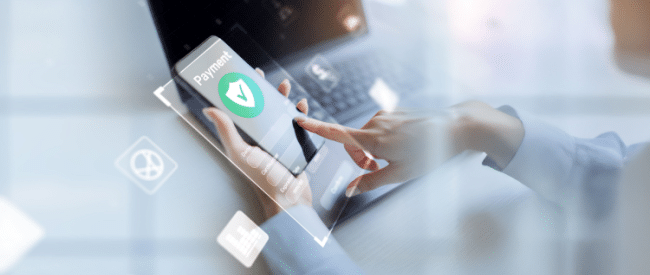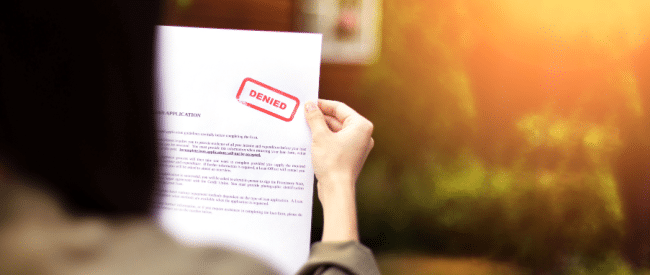Dropping debt tops dropping pounds as a 2025 goal for many U.S. consumers.
In fact, 44% of consumers have made reducing debt their top New Year’s resolution, far surpassing the 32% seeking to lose weight, a Lending Tree survey found. The WalletHub Economic Index backs this up, noting that consumers’ confidence in reducing their debt in the next six months is up 6.5% compared to last year.
Whether consumers budget for it, use their tax refunds or apply missed stimulus payments that the IRS is sending to about 1 million taxpayers, the focus on paring debt could help reverse the trend of decreasing bad-debt collectability that began with the pandemic five years ago. For collections and other receivables management firms, capturing a share of household income dedicated to paying down debt depends on rising above competing obligations through personalized consumer communications and fast, easy and convenient payments.
Visit us at Booth #419 during the RMAi Annual Conference, February 10 – 13, 2025
More U.S. household bills turning into bad debt
Strapped by rising prices and other strains on their budgets, consumers have been piling on more debt. Household debt across all categories grew by 4.3% last year, according to the Federal Reserve. Debt is pervasive: 5 in 6 households hold at least some debt, with medical bills being the most difficult to manage due to the large amounts owed. The number of delinquent bills also has been rising, led by credit cards and auto loans, but impacting a wide range of expenses. For instance, 23% of U.S. consumers were unable to pay part or all of their energy bill between August 2023 and August 2024, according to a Lending Tree survey.
In parallel, collections volumes have been escalating while collectability has decreased. With many consumers still struggling to make ends meet, bad debt is likely to continue growing in 2025, with 90% of collection businesses expecting account increases of at least 10%, according to TransUnion.
Tipping the communication and payment scales
To capitalize on consumer interest in paying down debt, collectors are finding success by initiating more personalized, omnichannel communication with borrowers across multiple channels. They’re expanding payment options and offering longer-term payment plans to spread out payments.
______________________________
Download our white paper:
Gain Control of Your Omnichannel Collections Communications
______________________________
To connect with the majority of consumers who prefer digital communications, nearly 75% of collections companies use email as a communications channel, both as a digital-first approach and in conjunction with print and mail. And 45% of collectors use SMS/text messaging, which increases to 71% for agencies with more than 100 full-time employees. Some agencies have added MMS text messaging that enables businesses to include logos and other identifying information for increased transparency and brand awareness, lowering consumer concerns over who is contacting them.
Digital communications can include a secure link for customers to view a PDF of a document or access and electronic bill presentment and payment (EBPP) portal for self-service payments or text-to-pay, combining text messaging with payments. But many credit and collection companies are missing out on opportunities to improve engagement and payments via these channels. For example, a recent SBT/Datos Insights survey of more than 1,500 individuals who had taken out a loan within the last 12 months revealed:
- 85% of respondents expressed interest in receiving payment reminders via text but only 21% are receiving reminder texts
- 81% said they wanted past-due alerts sent directly to their mobile devices
Look to CCM software to connect and collect
Customer communication management (CCM) software platforms enable collections companies to effectively connect with customers and increase recovery, reduce costs and enhance compliance. Omnichannel cloud CCM systems let collectors streamline and automate the creation and distribution of debt communications sent by mail, email and text messaging. Collectors also can easily customize and update documents and disclosures and retain records in an online archive.
Resolve to help clients meet their debt reduction goals.
Contact us to learn more about how our customer communication services combined with our CCM platform, Expresso®, can help you help your clients pay off debt.







